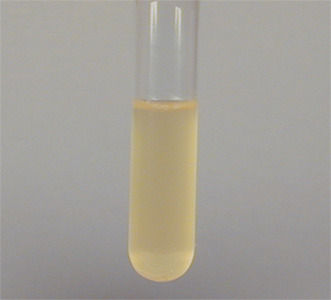
When thinking about the rapid rate at which antibiotic-resistant bacteria become selected for in nature, it is important to remember how very small bacteria are and how relatively small volumes can hold astronomical numbers of bacteria.
As an example, the "normal" mutation rate for a gene in nature is about one mutation in every million to every billion divisions. Let's assume then that only one bacterium in 100,000,000 has a mutation in a particular gene. (A mutation rate of 1/100,000,000.) If we compared this with the population of the United States, an estimated 312,919,026 as of 1/27/2012, that would be equivalent to only 3 people in the whole country having that mutation. The population of the world is estimated to be approximately 7, 000,000,000 as of July, 2012. At a mutation rate of 1/100,000,000, only 70 people in the world would exhibit that mutation.
However one milliliter of bacteria (about 10 drops) contains approximately 1,000,000,000 bacteria. This is approximately 3.4 times the population of the United States! The tube below containing 6.5 ml of bacteria growing in broth has a number of bacteria appromately equal to the number of humans on this entire planet!
Assuming approximately 1,000,000,000 bacteria per ml, that means that 10 bacteria in each milliliter from that tube would have a mutation in that one particular gene. Furthermore, since a typical bacterium has in the neighborhood of 3500 genes, that means that each milliliter of that culture contains approximately 35,000 mutations!

Gary E. Kaiser, Ph.D.
Professor of Microbiology
The Community College of Baltimore County, Catonsville Campus
This work is licensed under a Creative Commons Attribution 4.0 International License.
Based on a work at https://cwoer.ccbcmd.edu/science/microbiology/index_gos.html.
Last updated: September, 2018
Please send comments and inquiries to Dr.
Gary Kaiser